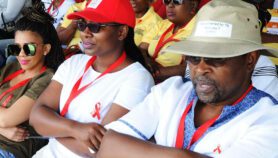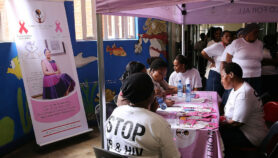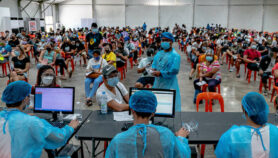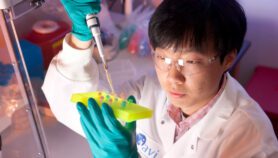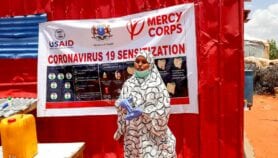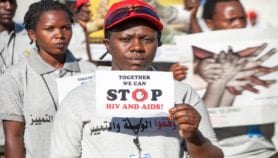23/07/21
Privacy, affordability key in new HIV digital toolkits
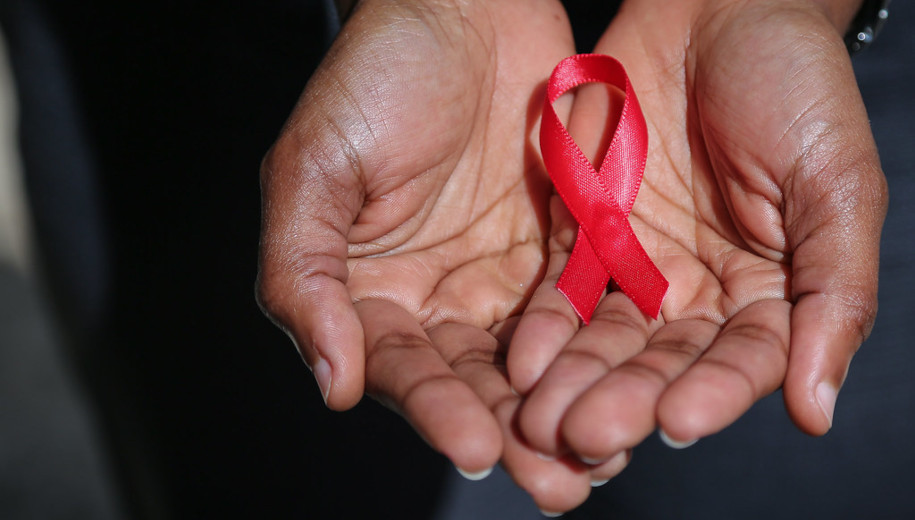
By: Esther Nakkazi
Send to a friend
The details you provide on this page will not be used to send unsolicited email, and will not be sold to a 3rd party. See privacy policy.
Digital tools widening access to HIV prevention, treatment and care services will be a vital weapon in the fight against the disease during COVID-19 and beyond — but they must be affordable and highly confidential.
So said health experts at the 2021 International AIDS Society conference held remotely from Berlin this week. The event looked at the potential of digital technology in eradicating HIV and AIDS, which currently affects around 38 million people worldwide.
The Industry Liaison Forum (ILF) of the International AIDS Society (IAS) identified and prioritised a set of digital technological innovations, based on advances made during the COVID-19 pandemic, which they say should be adopted for HIV prevention and care and to shape digital health more broadly.
Pradeep Kakkattil, director of the office of innovations at UNAIDS, said: “The AIDS movement has been very much about being the conscience of access to health and equity. We need to continue to play that role when it comes to this transition from where we are in the shift to digital, as we digitise health and access to healthcare.”
“The AIDS movement has been very much about being the conscience of access to health and equity. We need to continue to play that role when it comes to this transition from where we are in the shift to digital, as we digitise health and access to healthcare.”
Pradeep Kakkattil, director of the office of innovations at UNAIDS
The digital toolkit includes mobile applications like SMS that simplify the return of medical results, telemedicine which enables online drug ordering for home delivery, and public data repositories.
The IAS says it will also look beyond HIV to how emerging health technologies have the potential to improve global health equity and drive progress towards the Sustainable Development Goals.
In the session led Wednesday by the IAS-ILF and UNAIDS, which oversees the Health Innovation Exchange (HIEx), panellists agreed that digital tools must be simple, adaptable, and affordable, and designed with local engagement to ensure absolute confidentiality.
“What we have seen with the COVID-19 response is that it has been very much top-down, with no engagement of communities,” said Helen McDowell, head of government affairs and global public health in the UK and a recently elected ILF industry representative. “We have also seen the exploitation in terms of when it comes to profit — profit versus lives.
“We really need to have this bottom-up approach which is community-led … to ensure that we have equity in terms of access and trust which is a basic foundation in the digitisation process.”
Rahab Mwaniki, a public health specialist based in Kenya, said: “In order for communities not to be left behind we need to ensure affordability and confidentiality because some people have not disclosed their status. We also need tools that are cost effective.”
For McDowell, the solution is “partnership and collaboration”. “These have to exist between the industry, public private partnerships, government and the community,” she said.
Meg Davis, a senior researcher on the digital health and rights project at the Graduate Institute in Geneva, said: “We need to know which platforms people are using, how are they engaging with them … who really is pushing these platforms to ensure that people are accessing information safely and securely.”
People with HIV must be engaged in the design process from the beginning, says Mwanika, and remunerated for their participation.
“There is a tendency to look at communities as people who can just give their services for free,” she added. “I think if a product is for-profit, they also need to facilitate the process for the community.”
Nick Hellmann, managing director and strategy and science advisor at the Elizabeth Glaser Pediatric AIDS Foundation, said: “It really does take a village to implement all these things. If the community is engaged very early on in the development process, you can start to address not only the issues of scalability, but also some of the confidentiality and privacy issues because then everyone comes out on the same page.”






